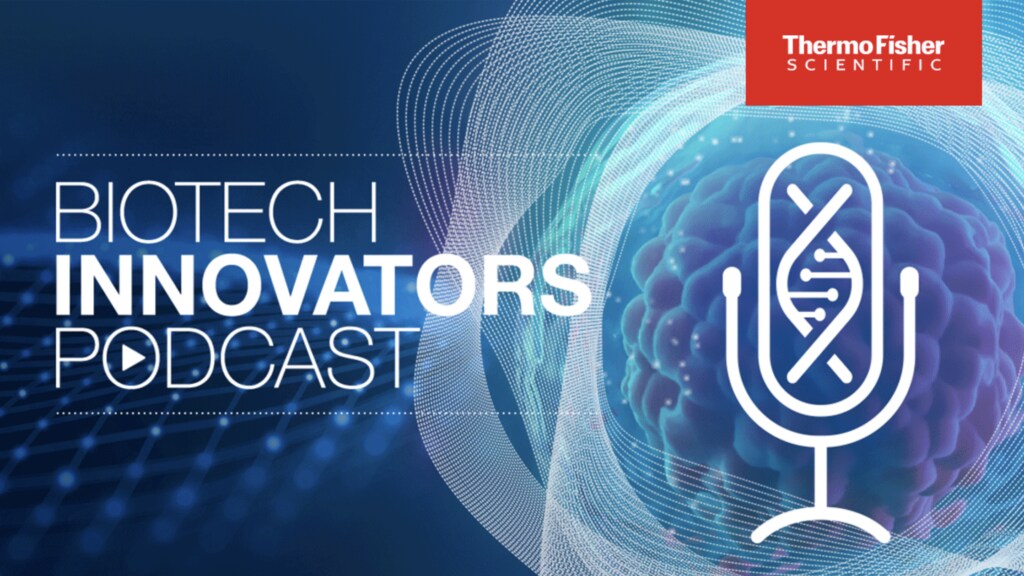
It’s a longstanding truism to the point of getting called the “central dogma of molecular biology”: DNA makes RNA, RNA makes protein. It is also a severely outdated notion, first via the discovery of “junk DNA” that does not code for protein, then via learning that a great deal of that “junk” is actually regulatory elements that alter gene expression or tinker with other biochemical processes. It is in these often-mysterious parts of the genome that Samir Ounzain, founder and co-CEO of HAYA Therapeutics, hopes to find the future of medical biotechnology
HAYA Therapeutics hopes, first and foremost, to create some alternative treatments for tissue fibrosis. Most tissues in the body are full of fibroblasts, which create scar tissue when activated. This aspect of normal tissue healing can become pathological very easily and is implicated in numerous kinds of organ failure. Heart failure and its associated fibrosis is one of the foremost causes of death in the developed world. Unfortunately, current treatments are harsh and not particularly effective. As Ounzain observes, “The same proteins are in fibroblasts all over the body and in multiple cell types all over the body. So, when you develop a, to say a small molecule or a protein-based approach…you may have an anti-fibrotic effect in the tissue you care about, but typically you have an off-target effect wherever that protein is expressed in multiple other tissues, which results in unbearable toxicology profiles and essentially not very safe medicines.” Recent advances in RNA-based drugs, including recent SARS-CoV-2 vaccines, give Ounzain and HAYA Therapeutics hope that the new fibrosis drugs they develop can be far more targeted, zeroing in on genetic and epigenetic signatures in specific tissues to shut down fibrosis before it becomes pathological without affecting it elsewhere in the body. If HAYA can achieve this, it will make a difference in the lives of millions of people around the world.
Two factors pointed Ounzain at targeting tissue fibrosis via the regulatory processes that control gene expression: his family’s personal history with heart disease, and Jurassic Park. Like many biologists of his generation, Ounzain was inspired by the sheer science-fiction potential of genetic science after watching Jurassic Park and its treatment of the basics of genetic engineering. This brought him into the field at the exact moment that the science of “junk DNA” was taking shape and his doctoral research was part of that advancement. The progress since then has been exponential; in Samir’s own words, “I asked my students, ‘Can you guess on what are the three genetic switches that control this gene?’ They did that in five minutes using all these epigenomic databases. And then I said to them, ‘By the way, it took me four years during my Ph.D. to answer that question.’” These advancements made clear to Ounzain that it was time to start developing medication based on the various processes that regulate gene expression, and that the chronic, fibrotic diseases that had harmed his family were the right target for his efforts.
Samir Ounzain has more thoughts on his path to HAYA Therapeutics and the future of medicine that explores what was once considered the detritus of the human genome. Listen to our podcast to hear more.


Leave a Reply